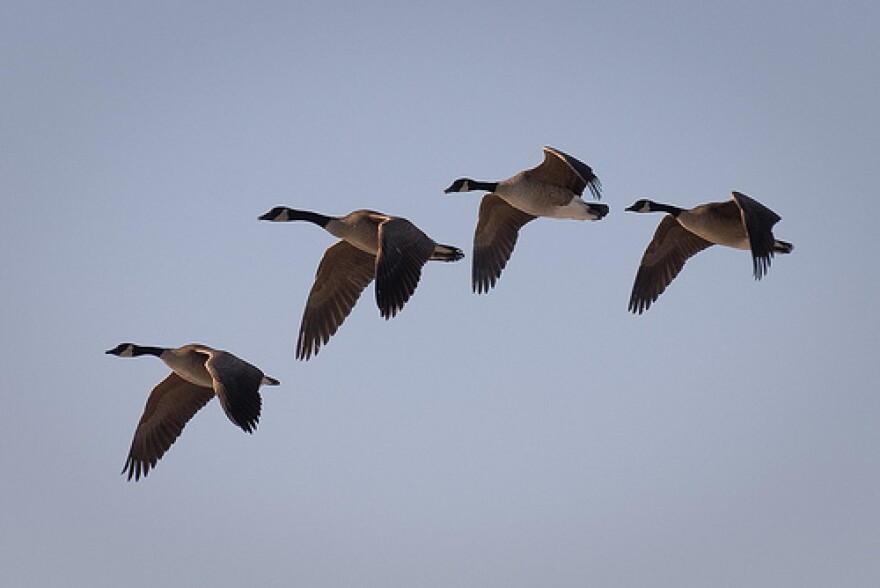Poor Will's Almanack for the second week of late summer.
The local geese are becoming restless again. I heard their first late summer flights over July 25th this year. Some years they begin earlier: July 6th in 1986, July 20th in 1990. Some years I hear them later: July 30th in 1984, July 31st in 1992, August 11th in 1991.
The geese fly over most often in October and November, continue only slightly less frequently through the winter. Beginning in late February, they find their nesting sites and settle down through spring and early summer to have and raise their young. Rarely does a pair or flock leave the water to fly over in May and June. In July or August, their movements start again.
My informal notes on the geese tell me less about the habits of local wildlife than about myself. Like the coming of fall, the restless flights above my house make me uneasy, and remind me of things I’ve put aside. They remind me of the way I used to be, of the ways I wanted to be or might have been. Their calls are like the changes in the color of the leaves, and they excite a primitive autumn conscience in me that says I shouldn’t really stay, that there's too much left unfinished and unexplored.
That conscience suggests I ought to be moving on, no matter how happy in the moment I may be. It reminds me I’m younger than I think, and that passions sometimes grow rather than break down with time. It transcends social contracts, is the voice of the deepest self that has to return alone to its source and follow what Wisconsin author August Derleth called the “dark laws,” the true north of the soul.
This is Bill Felker with Poor Will’s Almanack. I’ll be back again next week with notes for the third week of late summer. In the meantime, listen for geese.... and to yourself.



